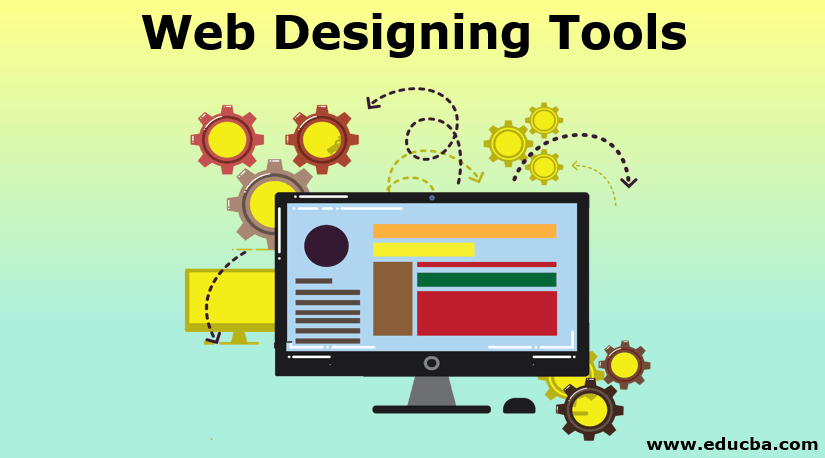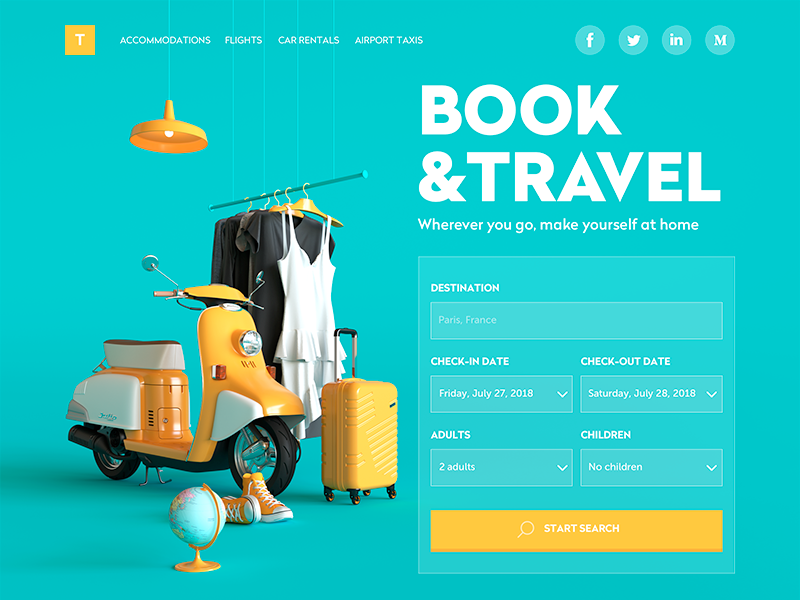Aligned Position Web Design: Perfectly Designed Websites to Capture Your Audience’s Attention
Aligned Position Web Design: Perfectly Designed Websites to Capture Your Audience’s Attention
Blog Article
The Very Best Kinds Of Web Design to Boost User Experience and Engagement
In the ever-evolving landscape of digital communication, the efficiency of Web design significantly impacts individual experience and engagement. Numerous design approaches, such as minimalist, receptive, and interactive layouts, each deal distinct benefits that can cater to diverse user requirements.
Minimalist Website Design
As electronic landscapes come to be progressively cluttered, minimal Web design has actually become a powerful technique to improving individual experience. This style ideology prioritizes simplicity, concentrating on important aspects while removing unneeded disturbances. By using ample white area, straightforward navigation, and a restricted color scheme, minimalist layout fosters clearness and routes user attention to essential content.
The core principle of minimalist Web design is to create a seamless interaction for customers. By decreasing cognitive load, individuals can quickly comprehend information without feeling overwhelmed. This direct strategy not just enhances usability but likewise motivates interaction, as visitors are more probable to explore a website that is easy and aesthetically attractive to browse.
In addition, minimal layout usually stresses typography and images, utilizing these components tactically to communicate messages properly. In essence, minimal Web layout is not simply a trend; it is a thoughtful technique that acknowledges the value of user-centered style.
Receptive Web Style
In today's diverse electronic atmosphere, receptive website design has actually come to be vital for producing a seamless individual experience throughout a multitude of devices. As individuals access websites on smart devices, laptops, tablets, and desktops, the capacity of a web site to adapt its format and material to various screen dimensions and resolutions is vital.
Receptive Web style utilizes flexible grids, pictures, and CSS media inquiries to ensure that Web content is provided optimally, no matter the tool utilized. This method not only boosts the aesthetic appeal of a web site but additionally significantly improves functionality. Customers are most likely to involve with a site that supplies a constant experience, as it gets rid of the irritation of needing to zoom in or scroll exceedingly.
In addition, online search engine, including Google, focus on mobile-friendly websites in search rankings. By embracing receptive layout, services can improve their visibility and reach a more comprehensive target market. This approach also simplifies site upkeep, as a solitary variation of the website can accommodate all devices, minimizing the demand for numerous variations. In summary, responsive website design is an essential technique that improves individual experience, interaction, and general complete satisfaction.
Interactive Web Design
Responsive Web layout prepares for improving user experience, but interactive website design takes this a step even more by involving users in a more vibrant method - Aligned Position Web Design. By including components such as computer animations, clickable models, and real-time feedback, interactive Web layout mesmerizes individuals, drawing them right into a richer surfing experience
This technique not only promotes engagement but also urges users to discover material actively instead of passively eating it. Techniques such as gamification, where users gain benefits for finishing jobs, can significantly enhance the moment invested in a site and improve overall complete satisfaction. Interactive attributes can simplify complicated details, making it much more absorbable and satisfying.

Integrating interactive design aspects can likewise bring about higher conversion rates, as individuals are extra most likely to engage with a website that actively involves them. Aligned Position Web Design. Eventually, interactive Web layout transforms individual experiences right into remarkable journeys, making certain that visitors return time after time
Flat Design
Characterized by its minimalistic strategy, level layout highlights simpleness and functionality, removing unneeded elements and concentrating on vital functions. This style site web approach focuses on use, guaranteeing that individuals can browse interfaces effortlessly and performance. By using a clean visual, flat layout gets rid of the mess usually found in extra luxuriant designs, thereby boosting user emphasis on web content and capability.
The characteristic of level layout lies in its usage of vibrant colors, easy typography, and geometric shapes. These elements add to a visually appealing interface that is both modern and friendly. Furthermore, flat style promotes a sense of clearness, allowing users to recognize important activities and details without distraction.
In addition, flat design is especially reliable in responsive website design, as its simplicity converts well across different devices and screen sizes. The lack of elaborate textures and slopes reduces filling times, which is critical for keeping user interaction. As electronic landscapes remain to evolve, flat layout stays a pertinent option for developing easy to use internet sites that enhance overall experience. By concentrating on crucial features, level design not only fulfills customer requirements but also motivates smooth interaction, making it an important element of efficient website design techniques.
Adaptive Website Design
Flexible website design personalizes the user experience by developing several dealt with layouts tailored to different screen dimensions and devices. Unlike responsive layout, which fluidly changes a solitary format, adaptive style employs unique layouts for certain breakpoints, making sure optimal discussion on different systems. This strategy permits designers to concentrate on the distinct features of each device, boosting functionality by delivering precisely what customers require based upon their context.
One of the main benefits of flexible website design is its capacity to optimize lots times and performance. By offering tailored web content and images that fit the customer's device, internet sites can decrease information usage and boost loading rates. This is particularly advantageous for individuals with slower connections or limited data strategies.

Furthermore, flexible layout promotes a more consistent and regulated branding experience. Since designers create several formats, they can ensure that the aesthetic aspects align with the brand name's identification across various platforms - Aligned Position Web Design. This causes a natural user experience, enhancing involvement and advertising user retention
Verdict
Minimalist layout promotes clearness and see this page focus, while receptive layout guarantees flexibility throughout different gadgets, advertising accessibility. Jointly, these design approaches contribute to the creation of straightforward settings that not only boost complete satisfaction yet additionally drive greater conversion prices, emphasizing their crucial importance in modern Web layout strategies.

Minimal design fosters clearness and emphasis, while responsive style makes sure flexibility throughout numerous tools, advertising accessibility. Collectively, these design approaches contribute to the creation of user-friendly environments that not just boost satisfaction but additionally drive greater conversion prices, emphasizing their essential value in modern Web design approaches.
Report this page